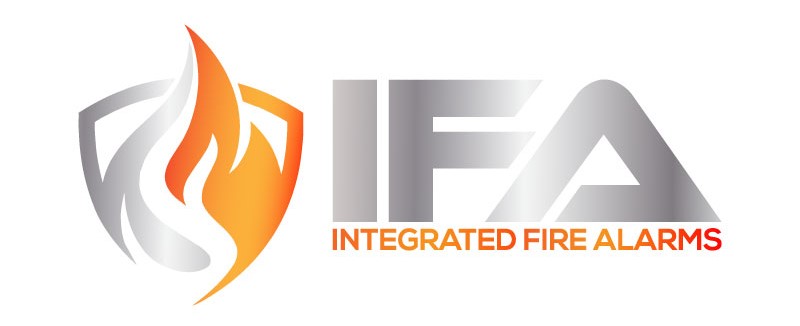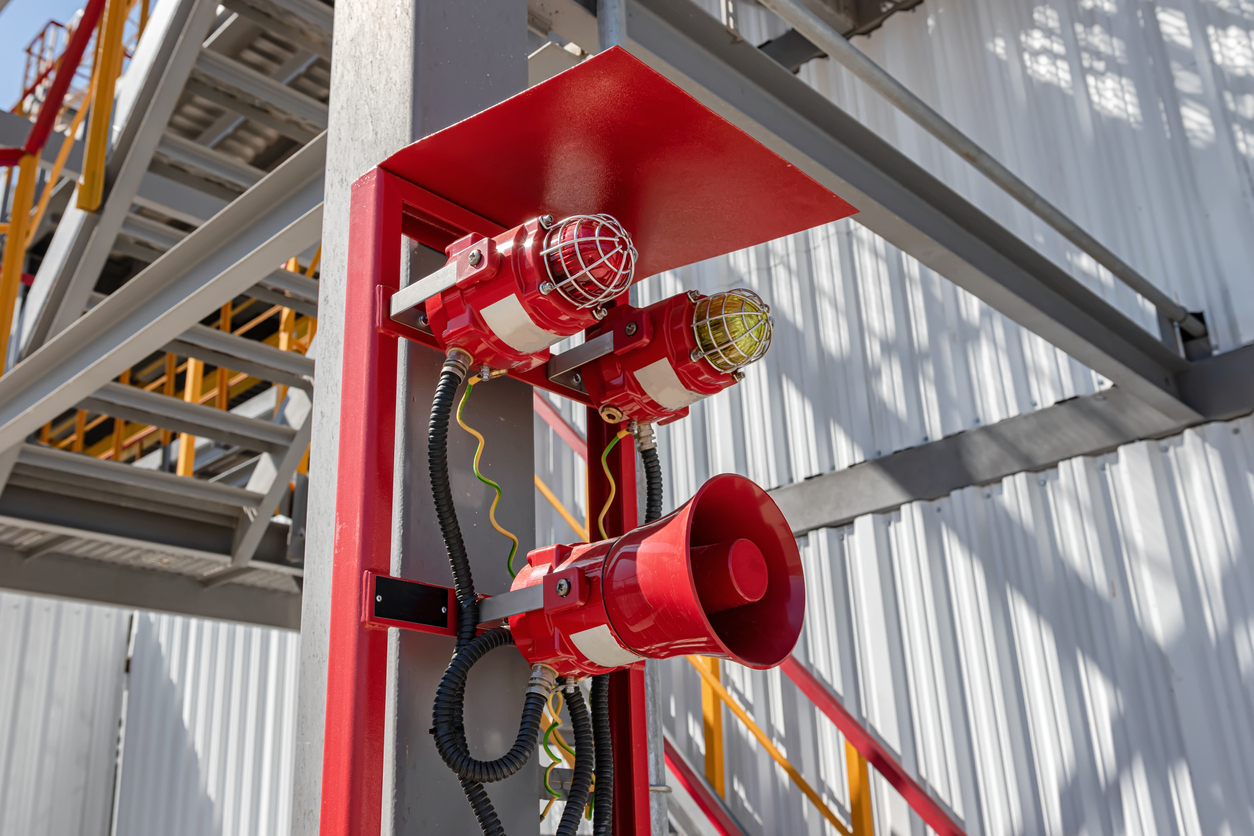Fire alarm monitoring systems are an essential component of any building’s life safety and fire protection strategy. These systems ensure that occupants are alerted in the event of a fire, and that the appropriate authorities are notified for rapid response. In this comprehensive guide, we will cover everything you need to know about fire alarm monitoring systems, from how they work to the benefits they provide.
Introduction to Fire Alarm Company Systems
Fire alarm monitoring systems are designed to provide an additional layer of protection beyond a standard fire alarm system. While a fire alarm system alerts building occupants of a fire, allowing them to safely exit the building, a fire alarm monitoring system takes it a step further by notifying the appropriate authorities, such as the fire department, of the emergency. This ensures a rapid response to the incident, potentially saving lives and minimizing property damage.
With fire alarm monitoring systems in place, building occupants can focus on evacuating safely, knowing that the authorities have already been alerted to the situation. Moreover, these systems provide round-the-clock protection, ensuring that emergencies are addressed even when the building is unoccupied.
How Fire Alarm Monitoring Company Work
A fire alarm monitoring system consists of a monitoring device that is connected to the building’s fire alarm system. When the fire alarm is activated, a signal is sent to a central monitoring station, which is staffed by highly trained operators. These operators receive the signal and immediately contact the appropriate authorities, such as the fire department, to dispatch emergency personnel to the scene.
Central Monitoring Station
The central monitoring station is a critical component of a fire alarm monitoring system. Staffed 24/7 by trained operators, these stations ensure that emergency signals are promptly received and the appropriate action is taken. Central monitoring stations are often certified by organizations such as the Central Station Alarm Association (CSAA) and must meet strict requirements to maintain their certification.
Signal Transmission Methods
Fire alarm monitoring systems can transmit signals to the central monitoring station using various methods, such as:
Landline telephone connections
Cellular networks
Internet-based communication (IP)
Each transmission method has its advantages and disadvantages, with factors such as reliability, speed, and cost playing a role in determining the most suitable option for a particular building.
Fire Alarm System vs. Fire Alarm Monitoring
While both fire alarm systems and fire alarm monitoring systems serve to protect building occupants in the event of a fire, there are some key differences between the two:
Unmonitored Fire Alarm Systems: These systems alert building occupants of a fire, allowing them to safely exit the building. However, it is the responsibility of those inside the building to contact emergency services, such as by calling 911. In such cases, there may be delays in the response of emergency personnel, particularly if occupants are unsure of what to do or are unable to call for help.
Monitored Fire Alarm Systems: In addition to alerting building occupants, monitored fire alarm systems also automatically send a signal to a central monitoring station, which then contacts the appropriate authorities. This ensures that emergency personnel are dispatched to the scene without the need for occupants to call for help, potentially resulting in a faster response time and increased life safety.
Benefits of Monitored Fire Alarm Systems
Fire alarm monitoring systems offer a range of benefits that can enhance the safety and protection of your building and its occupants. Some of these benefits include:
Reduced Response Time: By automatically alerting the authorities, fire alarm monitoring systems can help to reduce the time it takes for emergency personnel to arrive on the scene. This can be crucial in limiting the damage caused by a fire and increasing the chances of a successful evacuation.
24/7 Protection: Fire alarm monitoring systems provide round-the-clock protection, ensuring that emergencies are addressed even when your building is unoccupied. This can be particularly valuable for businesses that operate outside of regular business hours or for residential buildings where occupants may be away from home.
Enhanced Life Safety: With a monitored fire alarm system, building occupants can focus on evacuating safely, without having to worry about contacting the authorities. This can help to reduce panic and confusion in the event of a fire, ultimately improving life safety.
Notification of System Issues: Fire alarm monitoring systems can also alert your selected contacts in the event of an issue with your connected life safety or fire protection systems. This ensures that any problems are promptly addressed, minimizing the risk of a fire going undetected.
Potential Insurance Savings: Many insurance providers offer discounts to property owners who have monitored fire alarm systems in place. This can help to offset the cost of installing and maintaining these systems while enhancing the overall safety of your building.
Types of Fire Alarm Monitoring Systems
When it comes to fire alarm monitoring systems, there are several different types to choose from, each with its own set of features and capabilities. The most common types of fire alarm monitoring systems include:
Basic Fire Alarm Monitoring: This type of monitoring system provides basic coverage, with the monitoring device connected to the building’s fire alarm system. When the alarm is activated, a signal is sent to the central monitoring station, which then contacts the appropriate authorities.
Advanced Fire Alarm Monitoring: Advanced monitoring systems offer additional features and capabilities beyond basic coverage. For example, these systems may include remote access and control, allowing building managers to monitor and manage their fire alarm system from anywhere with an internet connection.
Integrated Fire and Security Monitoring: This type of monitoring system combines fire alarm monitoring with security monitoring, providing comprehensive coverage for both fire and security threats. Integrated systems may include features such as intrusion detection, access control, and video surveillance, in addition to fire alarm monitoring.
Wireless Fire Alarm Monitoring: Wireless monitoring systems utilize wireless communication methods, such as cellular or radio frequency (RF) technology, to transmit signals between the monitoring device and the central monitoring station. This can be advantageous in situations where traditional wired connections are not feasible, or in cases where a backup communication method is desired.
Selecting the Right Fire Alarm Monitoring System
Choosing the right fire alarm monitoring system for your building depends on a variety of factors, including the size and layout of the building, the specific fire risks and hazards present, and the desired level of coverage. When selecting a fire alarm monitoring system, consider the following:
- System Compatibility: Ensure that the monitoring system you choose is compatible with your existing fire alarm system. Some monitoring systems may require specific types of fire alarm panels or additional equipment to function properly.
- Coverage Area: Consider the size and layout of your building when selecting a fire alarm monitoring system. Large or complex buildings may require more advanced monitoring systems with additional features, such as remote access and control or integrated fire and security monitoring.
- Signal Transmission Method: As mentioned earlier, fire alarm monitoring systems can transmit signals using various methods, such as landline, cellular, or IP-based communication. Consider the reliability, speed, and cost of each option to determine the most suitable method for your needs.
- Certification and Compliance: Make sure that the fire alarm monitoring system you choose is certified by a reputable organization, such as the CSAA, and complies with all relevant local, state, and federal regulations.
- Provider Reputation: Research the reputation of the monitoring system provider to ensure they have a track record of providing reliable, high-quality service. Look for providers with experience working with prominent brands and a history of positive customer reviews.
Fire Alarm Monitoring System Installation and Maintenance
Proper installation and maintenance are crucial to the performance and reliability of your fire alarm monitoring system. When it comes to installation, work with a reputable, experienced provider to ensure that your system is installed correctly and in compliance with all relevant regulations.
Once your fire alarm monitoring system is in place, regular maintenance is essential to ensuring its continued effectiveness. This includes routine inspections, testing, and any necessary repairs or updates. Work with your monitoring system provider to establish a maintenance schedule that meets your specific needs and the requirements of your local jurisdiction.
Cost and Pricing Considerations
The cost of a fire alarm monitoring system can vary widely depending on the type of system, the features and capabilities included, and the provider you choose. In general, costs can range from a few hundred dollars for a basic monitoring system to several thousand dollars for a more advanced, integrated system.
In addition to the upfront costs of the monitoring system and any necessary equipment, there may also be ongoing costs for monitoring services and maintenance. These costs can vary depending on the provider and the level of service provided.
When evaluating the cost of a fire alarm monitoring system, it’s important to consider the potential benefits and savings that these systems can provide, such as faster response times, reduced property damage, and potential insurance discounts.
Regulations and Compliance
Fire alarm monitoring systems are subject to a range of local, state, and federal regulations that govern their installation, operation, and maintenance. These regulations are designed to ensure the safety and effectiveness of these systems, and it’s essential to ensure that your fire alarm monitoring system is in compliance with all relevant laws.
Work with your monitoring system provider to ensure that your system meets the necessary requirements and that any necessary permits or certifications are obtained. Regular maintenance and inspections can also help to ensure ongoing compliance with relevant regulations.
Conclusion
Fire alarm monitoring systems are a vital component of any building’s fire protection strategy, providing enhanced safety and protection for occupants and property. By understanding the different types of systems available, the benefits they provide, and the factors to consider when choosing a system, you can make an informed decision about the right fire alarm monitoring system for your needs.
With proper installation and maintenance, a fire alarm monitoring system can provide years of reliable protection, giving you peace of mind knowing that your building and its occupants are safe in the event of a fire.

